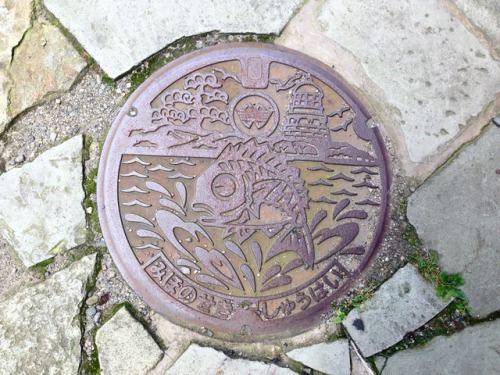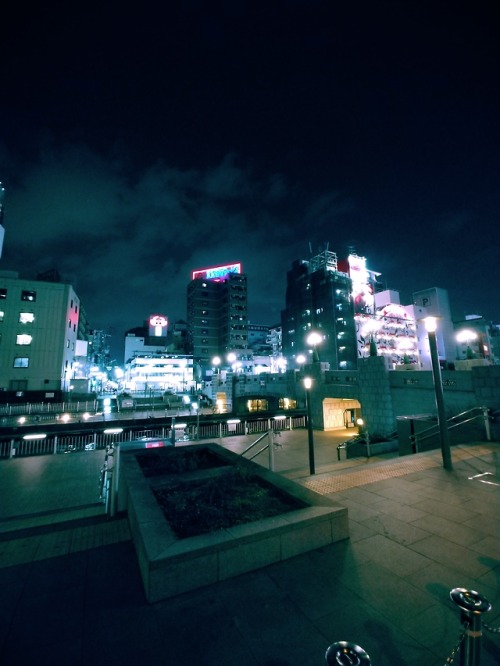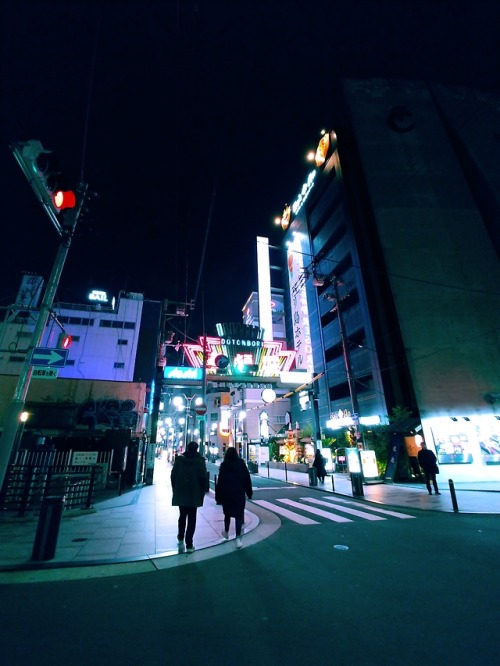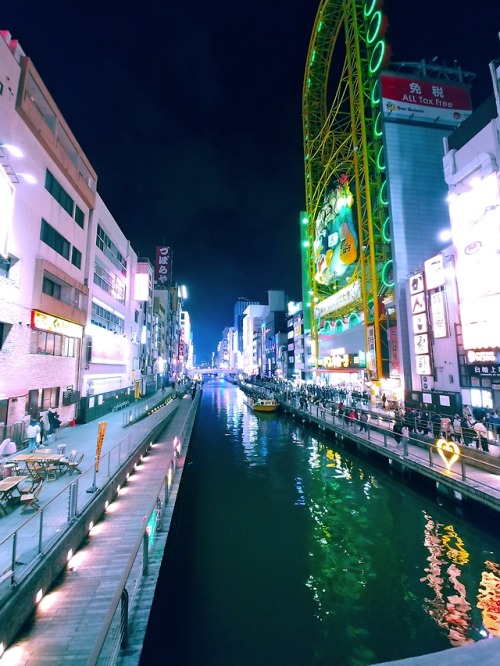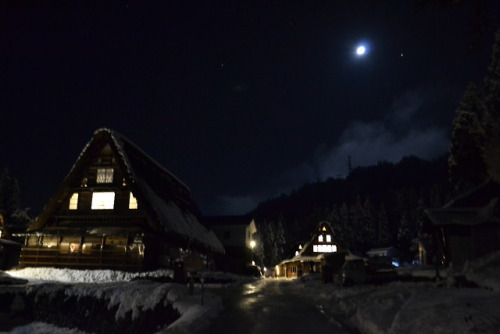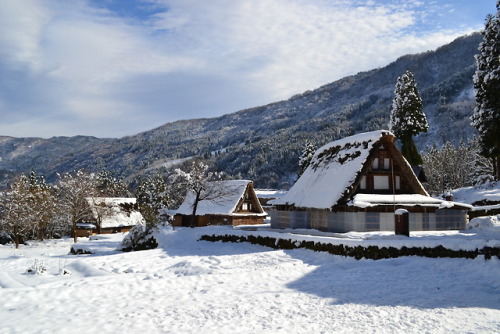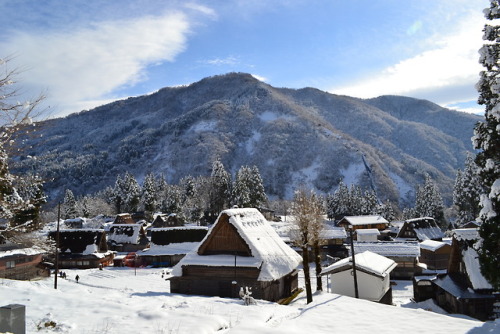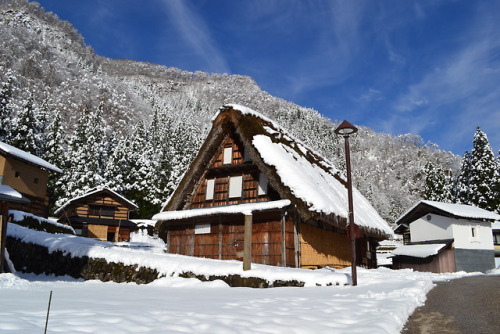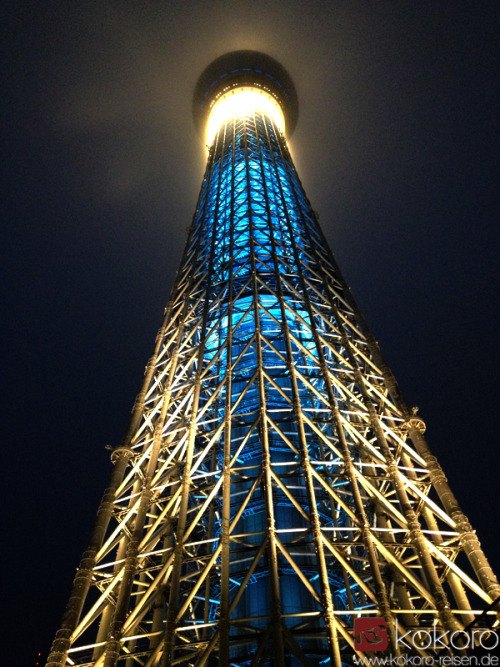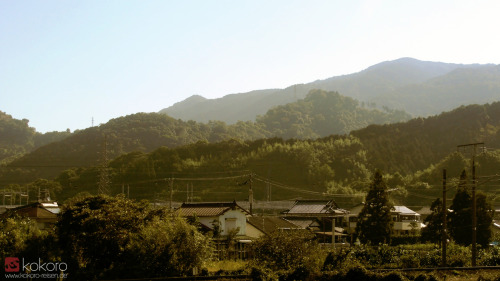#japan travel
It’s quiet. It is really really quiet. There’s a gentle white noise from the mini split and that’s all. We’re in Kyoto sleeping on the floor, inhaling the sweet reedy smell of the tatami mats. We’re staying in a major metropolis. It’s 4 in the morning because I’m still jet-lagged. The doorways are all too short for me. When I stand up on the train I invariably bang my head on the hanging handles, not hard, just enough to surprise myself and to feel foolish. I am enormous here. I forgot to pack walking shoes and bought a men’s size, as the women’s sizes stop well before my (size 9) giant feet.
We’ve been doing a lot of walking. There are so many beautiful little streets, with worn fabric banners showing hand printed or drawn letters that look like nothing more than beautiful shapes to me. I am utterly illiterate here. The people I’ve met have been unbelievably gracious and put up with our knowing nothing in a way that makes it seem like they are at fault for not knowing what strange thing we’re asking for in their country, in their home. We’ve been traveling very low-budget and staying in single rooms in homes and ryokan (tiny hotels run by families mostly).
For some reason the images in my mind of Tokyo are not the sweeping torii gates of the shrines that we went to see. I have photographs and will always treasure the memory of seeing them. But what I was most amazed by were smaller things that we did not know to stop and document. There was a set of three ceramic pots, sitting on the street next to some potted plants. They seemed vacant at first, but they were full of water, and tiny fish hiding in the water plants. The tiny shapes of the fish were right there in the street under the sky. The bright flash of this revelation was both so fitting for the setting and so unexpected. I imagine that they belong to some grandmother who sits out in the evening and watches the fish go around. Who cares if this is true or not.
I remember also vividly the meh meeeeh-ing sound of the cicadas, such a complaining sound, so loud in a country where even the construction is done with as little impact as possible. There were some houses styled to be European that stuck out. They looked like something from an anime. They didn’t look like any European house I’ve seen. More like a very tidy cake in the shape of a house.
The first night we landed and went deliriously in search of some food after flying for about 17 hours, we stumbled into a family run udon shop. David begged me to make a decision about food, because everything seemed bright and loud and utterly indecipherable at that time of night in our strange state. We ordered the first and second thing on the menu, ordered a beer. Blessedly the word for beer is understood everywhere. We got some amazing home-made noodles in broth, some cat-foody tasting fish, a bowl of clams in rich brown sauce? We think they were clams but honestly I’m not sure, and rice with tuna mash and a raw egg yolk on top. It was unbelievable. I think that’s when I knew we were in Japan. We ate our udon hot even though they asked us 3 or 4 times if we were sure about that. It was about 90 degrees. It never occurred to us to have it cold. The cook went to sit in the back room and drink with his friends after it seemed there would be no more customers coming in. He poured us a tiny challis’ of sake and left us to his wife’s watchful eye. She tidied, we ate, and then payed and fled.
I love how clean it is here. I love it. I have always liked order and taking off my shoes inside. I am German after all. Everyone seems to carry their own hand towel for a day’s outing. There are no paper towels in most of the bathrooms. This same hand towel can cover your hair should it rain. Why you’d want to cover your hair when it rains I’m not sure, but it was clearly an important function of the towel. We enjoyed a late afternoon of watching people run through the rain with various items over their heads while we sat in the window of a restaurant/pub. The fashions and people were equally fun to watch. People wear floor length flowery mom-ish dresses and make them look cute. Can you believe it?
The rooms we’ve been in are spare, clean, everything in the bathroom is white, as though to prove to you that there’s no speck of dirt hiding that you might miss on a colorful tile. I love that people don’t smoke and throw their butts on the ground, but either wait near an ash-can or carry the butt away in a small pouch designed for this purpose. I don’t even mind that there’s smoking in some restaurants. I grew up with this in Germany and it seems sort of cozy to me. I know that it’s terrible for all involved of course- but what can I say. I’ve seen folks with gloves for ridding the train so they don’t have to touch what other people touched. There are even men in the train stations who clean the ever rotating germ-buffet that is the escalator handrail. There seems to be a whole fleet of people in the parks who’s job it is to clear away leaves. I love that they care enough to employ people to make sure that it’s nice. We could learn from this America.
We came to Japan to see Tokyo Games show and see if it would ever be a viable market for us. It’s much cheaper to send me and David (who go for free) than the company and all the stuff required for a con set-up. So, we’ve reviewed Tokyo games show, and basically it’ll be a very long time before we come to exhibit at this show if ever. No judgement of the show, but it doesn’t really look like folks are interested in shopping. And what there is to buy is very easy to buy, t-shirts, towels, stuffed critters. It’s blastedly full and hot and sort of dark also. But there I am being back at work, analyzing, explaining.
I’m done working for the trip. We’ve got one week to do whatever we want in Japan. The funny thing is we have gone so far away to be able to have a real stopping point. To be able to stop working or even thinking about work it helps to have little to no internet and not to be callable. I think we must learn to be unavailable more often.
The most wonderful thing about running a business is that you get to set the terms. You get to chose. This is also the very hardest because you have to chose carefully and then follow up on your choices. It never really ends of course. This has never been more true than now. As we grow, (not as smoothly as it sounds) we also have new growing pains, new overhead costs, new challenges, new systems we have to learn and master. There’s nobody to help you “figure it out.” It’s hard to shut-off, to stop working. It’s hard to feel like your ship will stay afloat without you watching it’s every move. But it will, it does, it has for the last week.
- Willow Volante
This is a short travel film of my recent 5 day adventure around Japan which went from the 6th - 10th of February 2020, hosted by JNTO // Tobu Railway.
During my brief visit I got the opportunity to explore Tokyo, Nikko, Shibuya, Asakusa & a lot more unusual but breath taking locations in between. I hope you enjoyed this short film documenting my travels for my journal & many thanks to the amazing people I met along the way.
Picturesque manholes in Shimane prefecture, West Japan.
Jumping sea bream found near Miho shrine, which is the grand head shrine of Ebisu shrines belonging to Kotoshironishi (a god for fishery and business prosperity). Sea bream is a symbol of wealth that Ebisu is always holding in his arm.
Miho shrine
(Japan National Tourism Organization)
https://www.jnto.go.jp/eng/spot/shritemp/mihoshrine.html
Lighthouse found by Izumo Taisha, which is known for matchmaking as well as one of the top-ranking grand shrines. The lighthouse is called Hinomisaki Lighthouse near the shrine, selected as one of “the IALA list of 100 lighthouses as historic and architectural monuments”.
Hinomisaki Lighthouse
(Japan Travel)
https://en.japantravel.com/shimane/hinomisaki-lighthouse-in-izumo/1481
Izumo Taisha
(japan-guide.com)
http://www.japan-guide.com/e/e5804.html
I suppose Kyoto may have some outstanding manholes near sightseeing spot too, but I have less opportunity to visit and pay less attention in my town…
島根県で見かけたマンホール。
鯛は美保神社のそばのもの。美保神社は事代主(コトシロヌシ)系列の全国エビス神社の総本宮。えべっさんなのでタイである。
灯台は縁結でお馴染み出雲大社のすぐそばのもの。近くに日御碕(ひのみさき)灯台があり、「世界の歴史的灯台百選」の一つに選ばれている。
たぶん京都でも観光スポット近くには変わったマンホールがありそうな気もするけど、観光スポットってそんなに行かないし、そもそも地元ではあまり注意して見ていないんだよなあ。
Post link
Biwa Fall near Oboke Canyon, Tokushima prefecture (Shikoku island)
Named after a legend that Heike fugitives played the biwa, an old mandarin-shaped guitar from China, to comfort each other in front of the fall. There are many sayings about loser refugees of Heike clan in Shikoku, which founds none in Kyoto, the then capital city in Heian period.
Biwa (Chinese lute)
https://en.m.wikipedia.org/wiki/Pipa
I have seen it only at Nara National Museum’s Annual Shoso-in Treasure Repository Exhibition. I sometimes find them in old tales but I wonder there still exists any player.
The Tale of the Heike
https://en.m.wikipedia.org/wiki/The_Tale_of_the_Heike
There were monk bards for telling/singing the story as playing the biwa in old time. All Japanese are forced to memorize the head part in classical literature class at high school.
大歩危峡近隣の琵琶の滝(徳島県)
平家の落人がこの滝の前で互いを慰めあって琵琶を奏でたところからこの滝の名前が付いたそう。四国では平家の落人伝説の話をちらほら聞く。京都ではまず聞かないので興味深い。
五箇山の相倉 (富山県南砺市)
Ainokura Village in Gokayama (Nanto-shi, Toyama Prefecture)
While lesser known than it’s ultra famous neighbor Shirakawago in Gifu Prefecture, Gokayama offers a bit more of a relaxed atmosphere with arguably just as beautiful scenery. Like Shirakawago, Gokayama was also certified as a UNESCO World Heritage Site in 1995 for it’s well-maintained gassho zukuri houses. Gokayama has two villages of gassho zukuri houses, the larger being Ainokura and the smaller Suganuma.
I found out about Gokayama through an advertisement on a train in Tokyo (in Japanese). Since I had known about Shirakawago for a while, I was intrigued as to why Gokayama wasn’t as popular. While still somewhat of a tourist destination, Gokayama has received less media exposure and tourism resources geared to foreign travelers are still more limited compared to Shirakawago. After some research I found that this is mostly due to the fact the gassho zukuri villages of Gokayama are significantly smaller than Ogimachi, the village in Shirakawago popular with tourists. Gokayama also offers less in terms of accomodation, restaurants, and things to do in general.
Despite its smaller size compared to Shirakawago, I prefer the atmosphere of the Ainokura village in Gokayama. Don’t get me wrong. Shirakawago is breathtaking and I would argue the panoramic view of Ogimachi is far more superb than the one in Ainokura. However, Shirakawago can get congested with tourists taking photos which can take away from the natural atmosphere. If you have more than a day to spend in the area, I would recommend visiting both because the villages of Ogimachi in Shirakawago and Ainokura in Gokayama are within an hour’s bus ride. Thankfully my fiance and I had a weekend to spend and we got to enjoy both areas in all their beauty.
Let me know if you have been or are planning to go to either Shirakawago or Gokayama and what you think!
For more info and pictures of Shirakawago check out my Shirakawago post.
Post link
Watch “Pokemon Design Lab 渋谷パルコポケモンセンター” on YouTube

Day 1 in Japan! Currently 5:13 am and I’m on my quarantine facility. Tbh the jetlag is horrible but at least I can speak with my fam while they are awake. It’s only been one day but I’m already crying and missing them. The trip was so long and uncomfortable it made me homesick immediately. The two upcoming weeks will be hard af but I hope once I’m out I can be more happy and enjoy this beautiful country.

I’ve been a bit busy so let me give you a quick update of my life: I got my student visa today I’m officially going to Japan on November 27
Das berühmte “schwebende” Tor des Itsukushima Schrein, Miyajima, ganz in der Nähe von Hiroshima.
Post link
Der Tôkyô Skytree. Übrigens ist er im Gesamten 634m hoch und die oberste Plattform ist auf 451m Höhe. In unseren Reisen mit Stopp in Tôkyô oder nur Tôkyô ist er immer Bestandteil des Programms.
Post link







